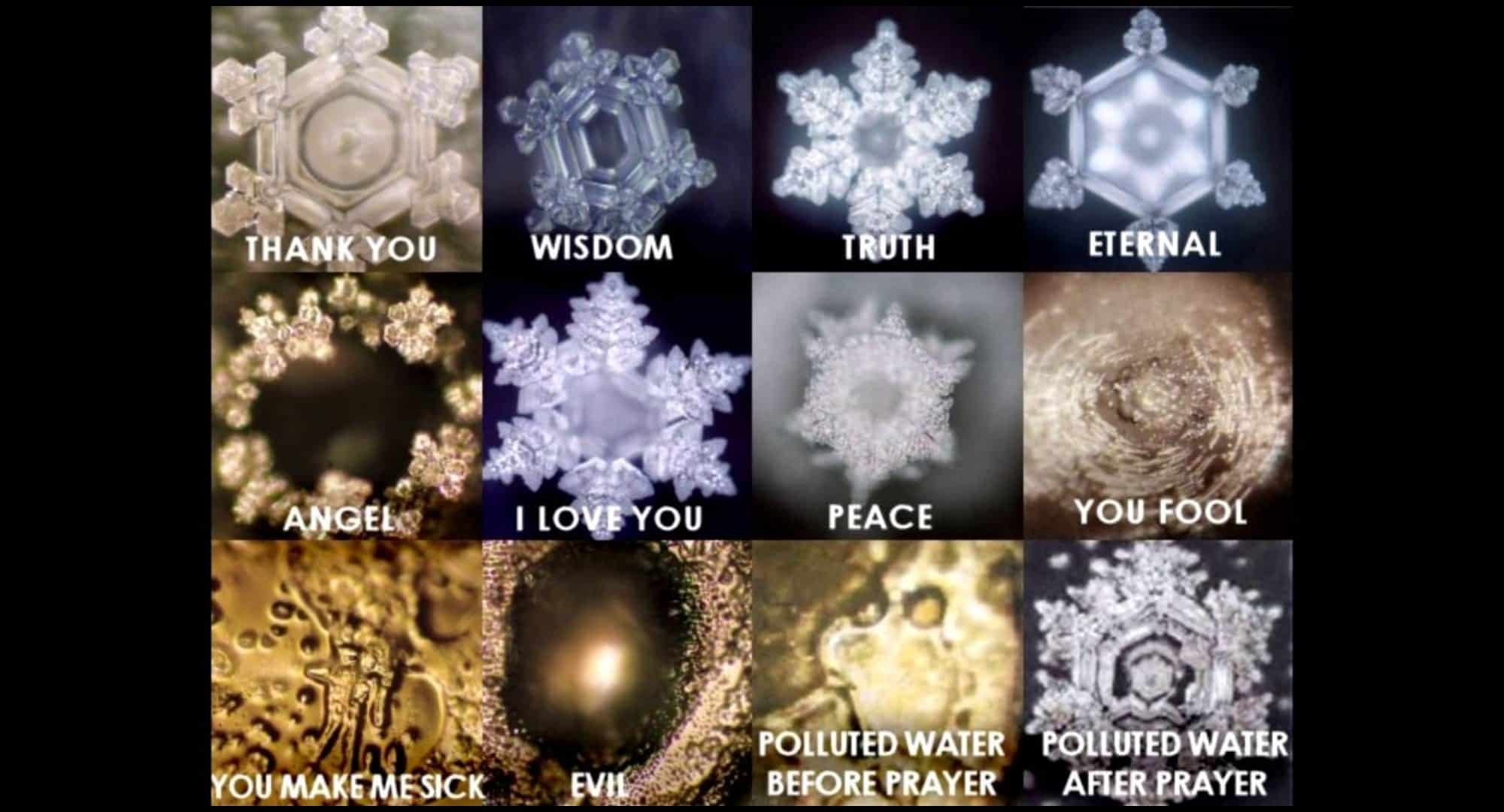There are people who think that “positive” or “negative” words have a magic-like effect on natural processes.
From what I’ve seen, this was originally popularized in 2004 by Masaru Emoto’s book “The Hidden Messages in Water,” where part of his claims were that snowflakes would develop differently in containers labeled with negative or positive emotions.
Naturally, this turned out to be a complete lie, but many people, such as those in the original post, still believe that words can somehow influence things like mold development on food.
Ah, yes! Of course, there’s that other half of the post - the “experiment” itself. What I said about words applies to the people involved, it’s not the mold in the jar who “believes” in the placebo, I completely skipped over that part.
For a laboratory scientific experiment to prove something, anything at all, it has to pass a threshold known as sigma-5, which means that the margin or odds of error must be less than one part in around 3 million. There has to be a laboratory certainty of 99.99994%
There are a million-plus-one ways that an attempted “controlled experiment” can go askew and wrong. In the case of the jars, my guess is that they packed the “unloved jar” more aggressively. That kitchen experiment is messier and more chaotic, uncontrolled, than a school lab, and a school lab doesn’t cut it even for a sigma-1 I would reckon, you’d get equally “useful” results by flipping a coin.
Words have powers bordering on magic, I guess is the idea.
And for many people that’s true, for as long as they are willing to believe that.
So I guess what I’m saying is that placebos have powers bordering on magic.
Well that’s an opinion I xan get behind, placebos are certainly more powerful than common sense would dictate.
If this is an explanation it doesn’t make it clearer
There are people who think that “positive” or “negative” words have a magic-like effect on natural processes.
From what I’ve seen, this was originally popularized in 2004 by Masaru Emoto’s book “The Hidden Messages in Water,” where part of his claims were that snowflakes would develop differently in containers labeled with negative or positive emotions.
Naturally, this turned out to be a complete lie, but many people, such as those in the original post, still believe that words can somehow influence things like mold development on food.
Thank you. The thing I was missing was the fact that the other one had mold.
Ah, yes! Of course, there’s that other half of the post - the “experiment” itself. What I said about words applies to the people involved, it’s not the mold in the jar who “believes” in the placebo, I completely skipped over that part.
For a laboratory scientific experiment to prove something, anything at all, it has to pass a threshold known as sigma-5, which means that the margin or odds of error must be less than one part in around 3 million. There has to be a laboratory certainty of 99.99994%
There are a million-plus-one ways that an attempted “controlled experiment” can go askew and wrong. In the case of the jars, my guess is that they packed the “unloved jar” more aggressively. That kitchen experiment is messier and more chaotic, uncontrolled, than a school lab, and a school lab doesn’t cut it even for a sigma-1 I would reckon, you’d get equally “useful” results by flipping a coin.
I watched a youtube video about it. It’s temperature that dictates how a snowflake looks. Simple as that.